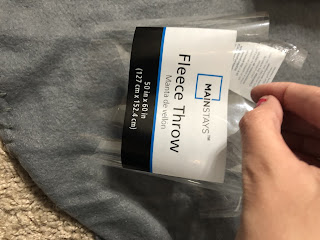The Chair
I found this chair at Habitat for Humanity Restore and fell in love...not with the condition of it, but the shape. It had beautiful, clean, mid-century lines. I knew it could be as beautiful as it once was.
Step One: Sanding
I used a small detail sander on the flat parts of this chair, which went quickly. But.....most of this chair was not flat. I used 80 grit sandpaper to sand the rest by hand. This was not a fun task. When that was done (days later), I went over the chair with a finer grit sandpaper, again by hand. This is what it looked like when it was done. The cat approved.
Step Two: Staining
This was the difficult part. I just couldn’t decide what color I wanted. I almost chose to wax it because I loved the natural color of the wood, but decided on using some stain I had on hand, Minwax in Early American. After testing the stain on different parts of the chair, I realized that the back of the chair, which was covered with a wood veneer, was darker than the rest of the chair. When I used just a water-based polyurethane, it almost perfectly matched the stained wood on the rest of the chair. Here is what it looked like after staining.
From here, all that was left was to upholster! I thought about so many fabrics. I could choose a pattern, colors, or something simple. Since I didn’t want to do it again in the future, I landed on something simple. I’ve told you before that I’m cheap and this was no exception. I already had some foam from an old mattress topper, but I saw the prices of fabric and batting, and just said no. So I put it off...for months. Finally, I made it a priority again, but insisted that I would not spend more than $10 on the fabric and batting. I searched the fabric section at my local Walmart, and found a fabric remnants section. I bought a faux suede-like fabric at 2 yards for $3. This was much more than I needed. I checked the prices of the cotton batting and really didn’t want to pay $7 a yard. So I felt of the cotton batting and thought I could get away with using a fleece blanket for $2.50 instead.
The fleece throw worked just fine. I stapled it onto the seat of the chair over the foam. Then added the fabric. I don’t know if this was the correct way to do it, but it worked for me on this project. I was thrilled with the final result.
This won’t be staying in my bedroom, but will be moved to the office/guest room when that room is finished. I’m so excited for upcoming projects for that room and I can’t wait to share them with you!



























































